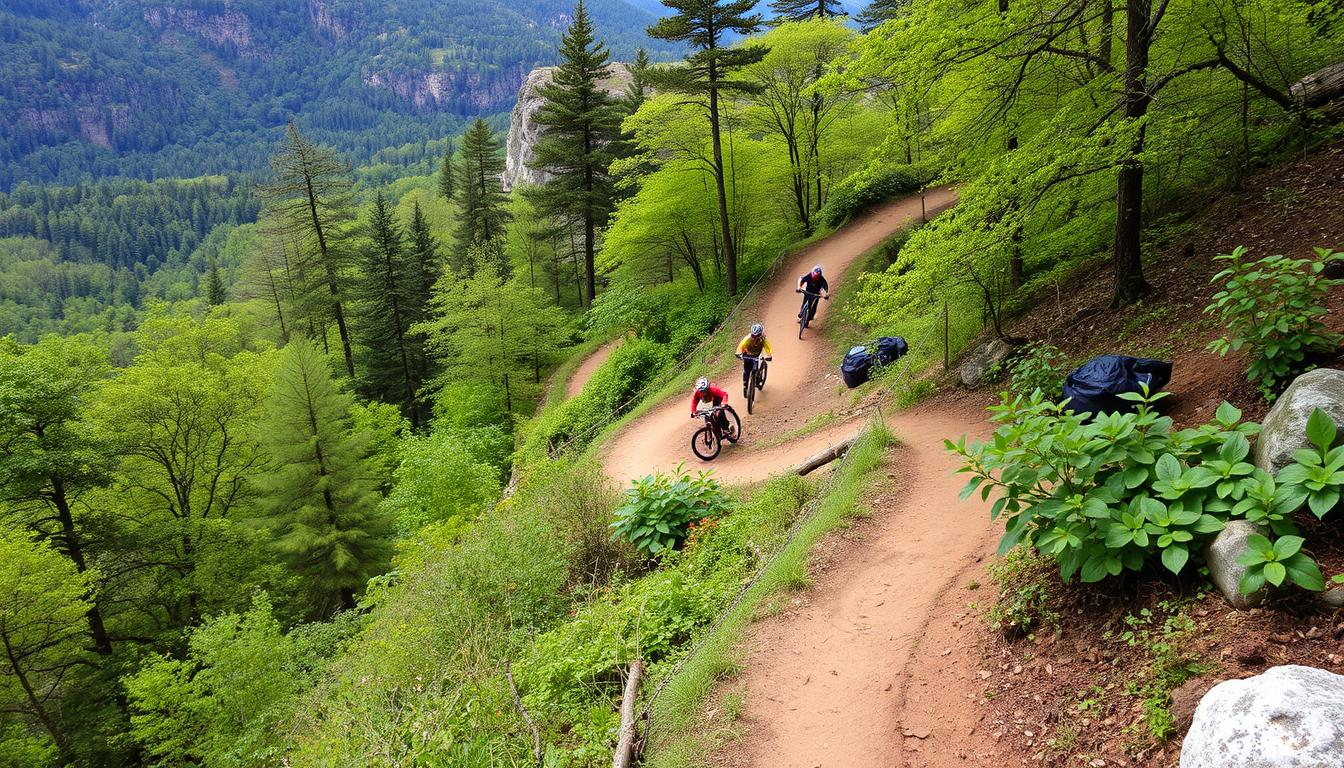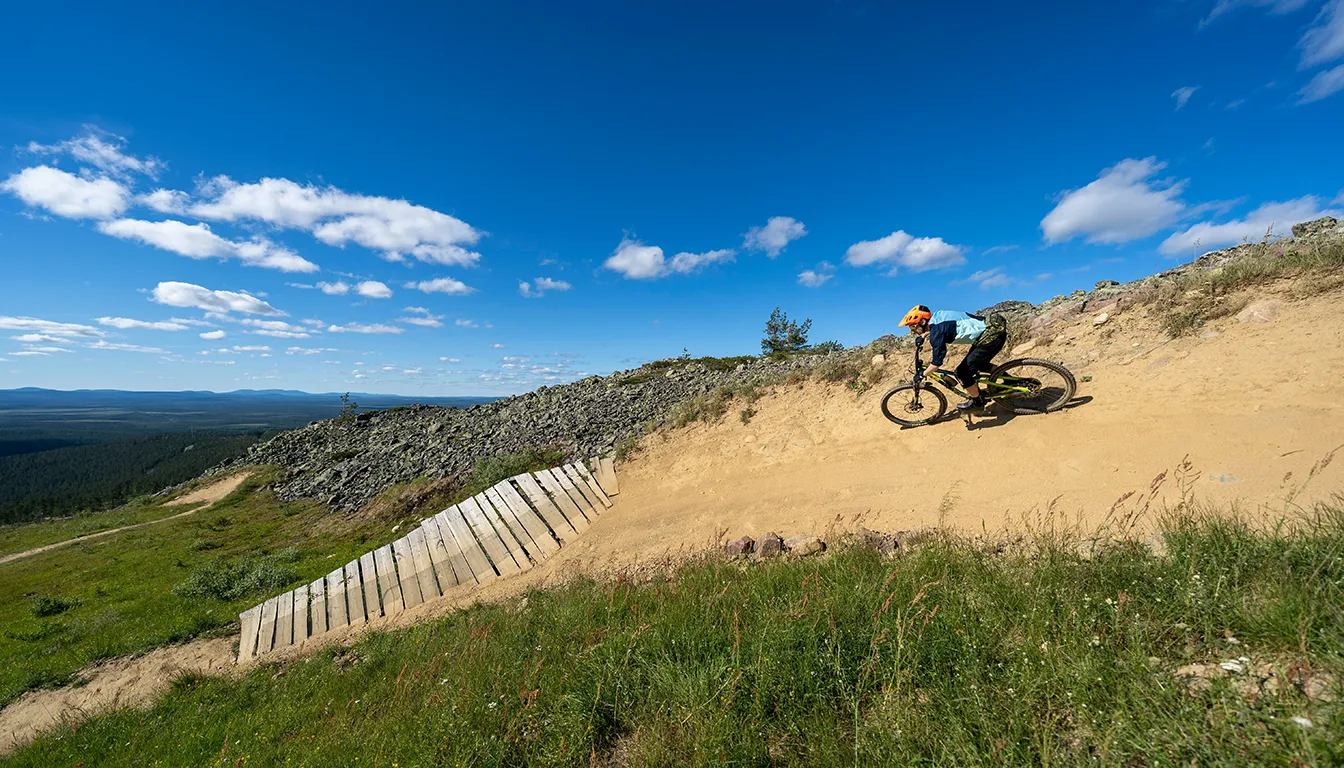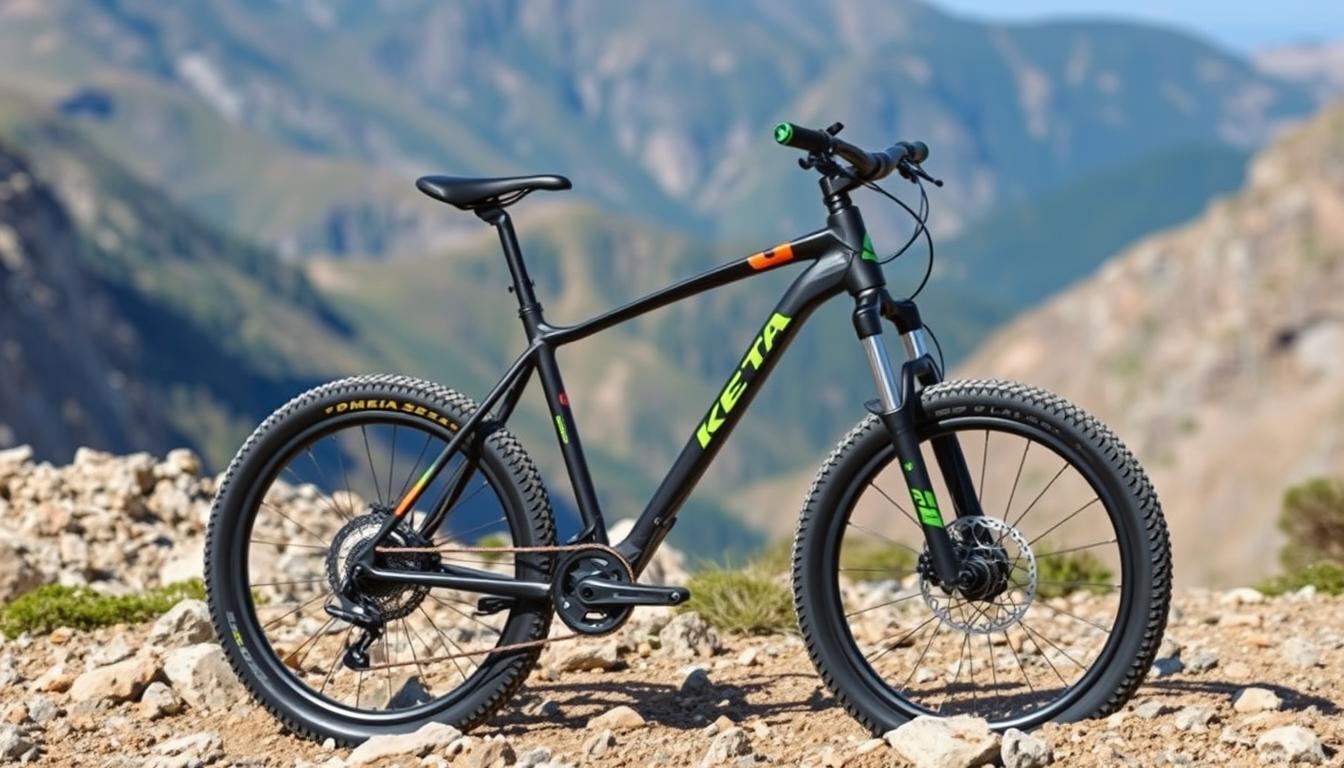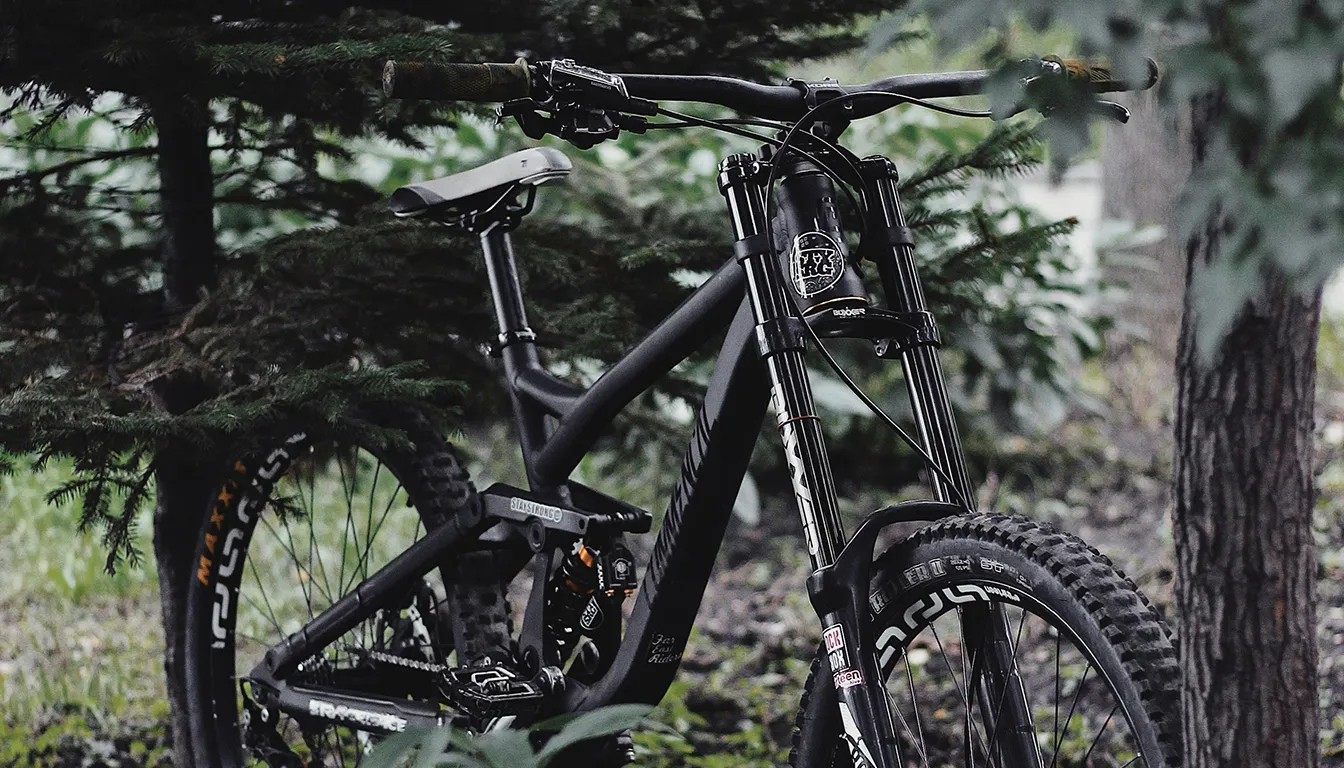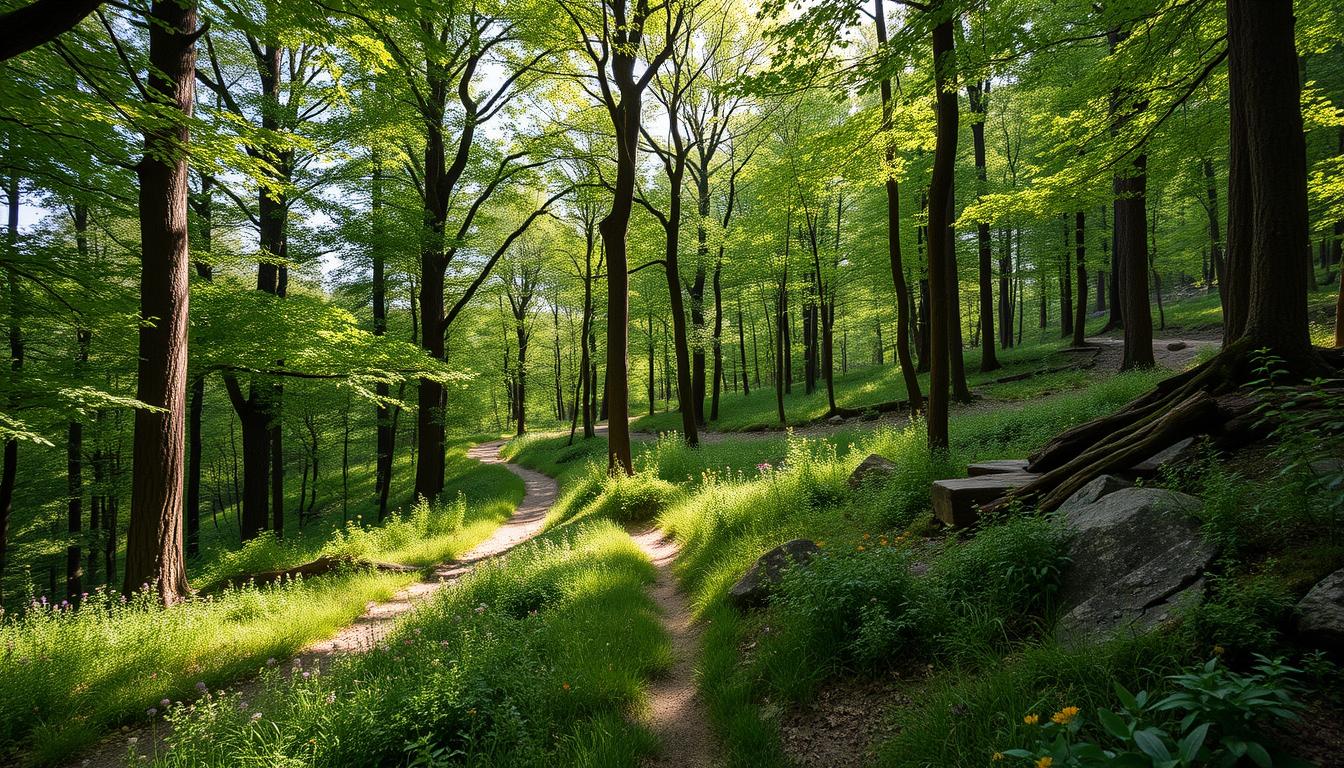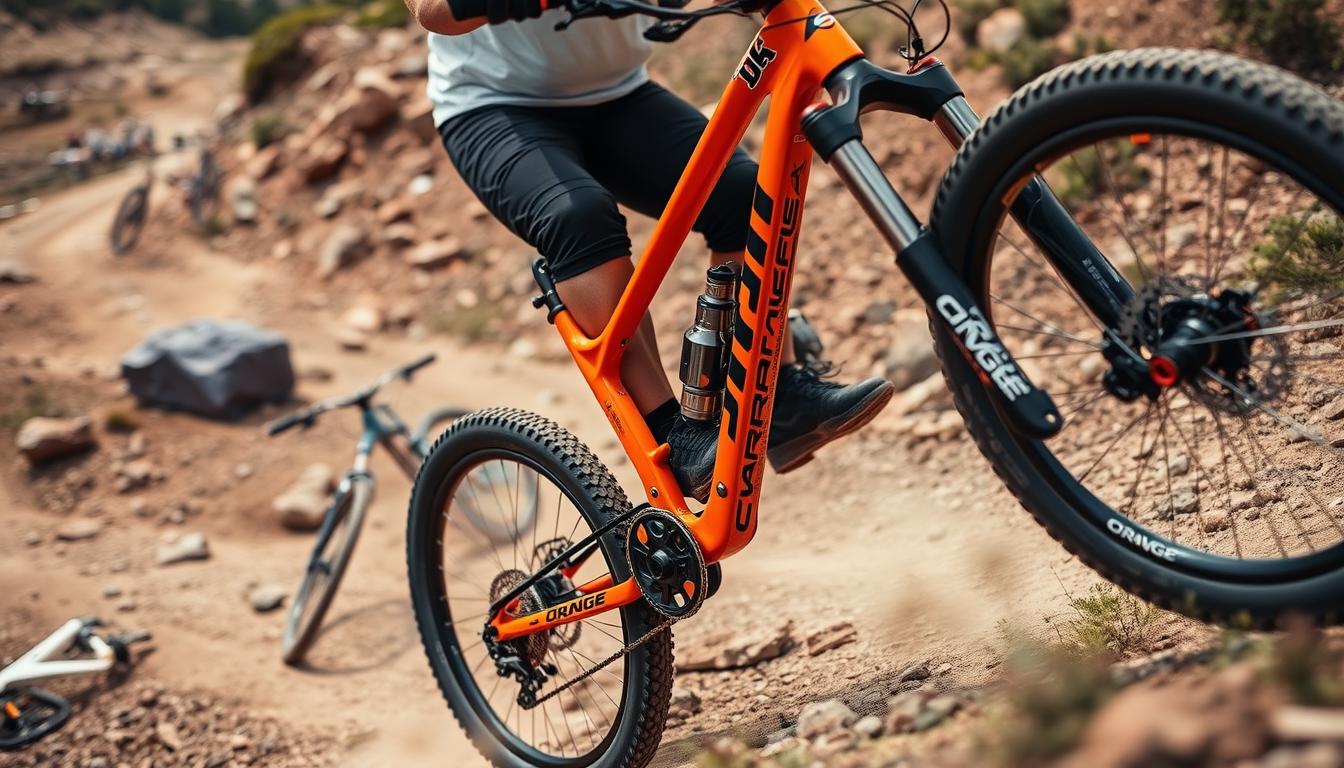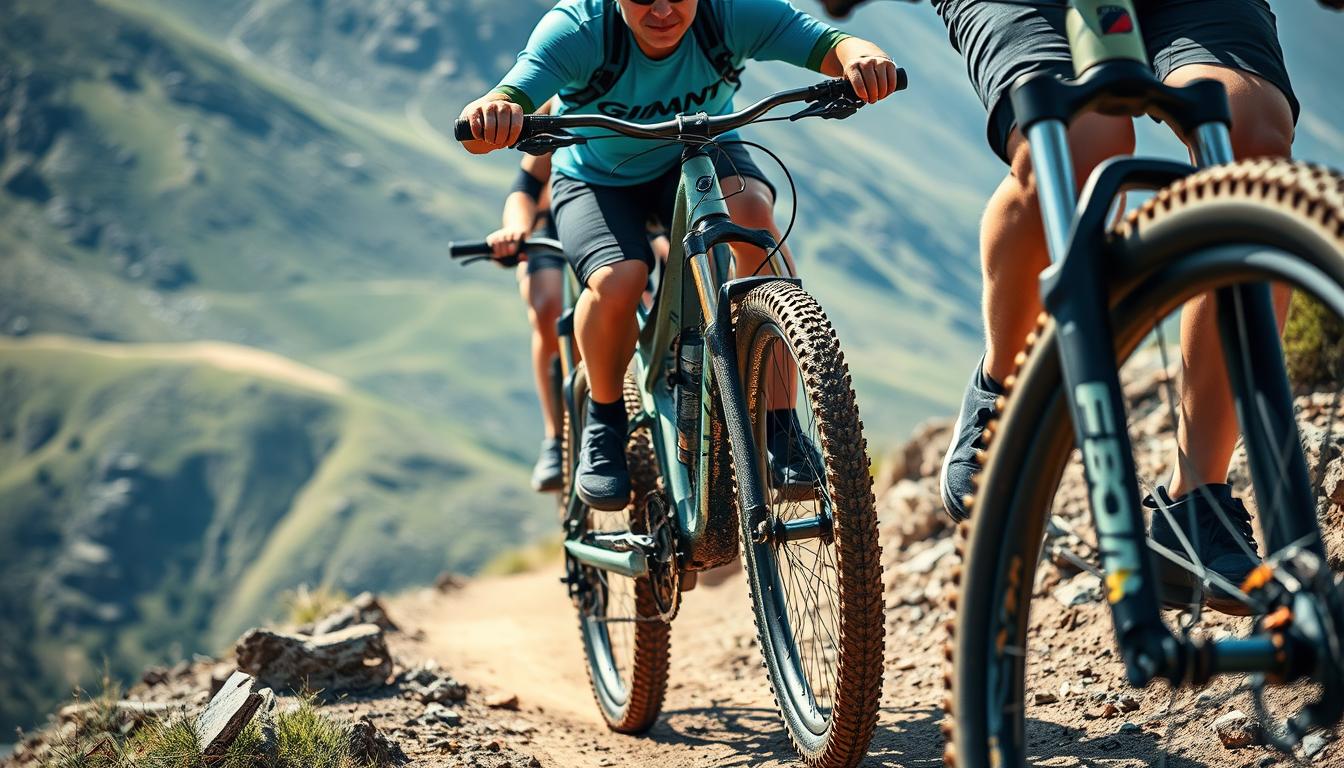A lot makes a mountain bike trail stand out. It should be well-kept, challenging but accessible, and surrounded by amazing nature. These elements together make riding unforgettable. The “Mountain Bike Trail Development” guidelines stress designing trails specifically for biking fans.
Many riders share opinions on what makes a trail superb. The Mountain Bike Reviews Forum saw over 20,000 views on this topic. According to 23 members, it’s more about skill than fitness. Trails with features like rock gardens, rooty paths, and steep climbs make it exciting. Yet, how tough these seem can depend on the rider and the bike.
A top-notch trail does more than guide you through nature. It blends fun, adventure, and beautiful views. This mix connects riders with the outdoors in a special way.
Understanding Technical Aspects of a Mountain Bike Trail
Mountain biking thrives on the thrill of exploring different technical trails. Riders face challenges like steep climbs and tight switchbacks. These test their skills and judgement.
The real adventure is in overcoming these technical sections. They turn a simple trail into an extraordinary experience. Riders should try a difficult feature three times to succeed. Success boosts their confidence. Some take their time to study a feature, while others make quick decisions to avoid overthinking.
Riders must improve their basic skills to progress on these trails. Step-ups are seen as safer than gap jumps, making them perfect for practice. Trails are designed for all levels, with rating systems for guidance. Green Circle trails are easy, with smooth paths perfect for beginners. Blue Square trails have more challenges, like roots and small drops, for those wanting to improve.
Black Diamond trails are for those seeking a challenge with steep slopes and tight curves. Double Black Diamond trails, for the top riders, have big drops and tricky sections. They need high fitness levels and strong confidence. Understanding technical features makes mountain biking more rewarding and helps riders to improve their skills.
Essential Design Elements for Mountain Bike Trails
The design of mountain bike trails is key in defining riders’ experience. Including various trail design elements helps cater to all skill levels. This approach ensures enjoyment and challenge for everyone, from beginners to advanced cyclists.
About 33% of cyclists are beginners or casual. They enjoy trails that are not too tough. These paths have gentle slopes and smooth surfaces. Meanwhile, 25% of riders at an intermediate level prefer trails that are a bit harder. They look for trails with some steep parts. When creating bike-friendly trails, it’s vital to focus on sustainability. This is especially important for trails for beginners and intermediate cyclists. These trails should be built to last.
Advanced riders, which include 17% technical and 25% downhill cyclists, need trails that test their skills. They enjoy paths with rocks, jumps, and tricky turns. Designers must balance safety with excitement. They make sure even the toughest features don’t exceed certain sizes to keep riders safe.
Trail lengths usually span from 3 to 10 miles. They’re designed to suit different kinds of rides. Loop trails are great for all users, offering varied experiences. In contrast, out-and-back trails might feel the same after a while. Designers pay attention to grading, making sure inclines are safe but fun.
Trail design also involves adding features like jumps and drops. These can range from 2′ high on easier courses to 5′ on tough ones. These elements challenge riders both physically and mentally. The goal is to make trails that boost the rider experience. The aim is also to celebrate the excitement of mountain biking.
If you’re keen to learn about the best mountain bikes for these trails, there’s a great resource here. Find out about trail mountain bikes in. It could really enrich your biking adventures.
Trail Length and Circulation: The Key to User Satisfaction
Trail length is key to making mountain bikers happy. Cyclists of different skill levels prefer different lengths, which affects their fun. By knowing what each group likes, we can make trails that more people enjoy.
Ideal Trail Lengths for Different Cyclist Levels
Casual riders like shorter trails, between 3 to 5 miles. It’s perfect for a relaxed ride. Those a bit more experienced prefer trails from 5 to 10 miles. They mix challenge with fun. Lastly, advanced riders love trails over 10 miles for a tough adventure. Making trails that fit these preferences keeps cyclists happy and active.
Importance of Loop Trails versus Out-and-back Routes
The choice between loop and out-and-back trails changes the ride. Loops are popular because they offer new views all the way. They follow the Access Board’s advice for a varied experience. But, out-and-back trails have their charm by showing the same path differently. Good trail design makes every ride enjoyable, leaving riders satisfied.
The Role of Natural Features in Trail Navigation
Mountain bike trails need natural features to be fun and tough. Rocks, roots, and drops make the ride more interesting. They challenge a rider’s skills and require careful planning. Overcoming these obstacles makes biking even more rewarding. It keeps the love for biking alive. For more on biking and the environment, see this research study.
Utilising Rocks, Roots, and Drops for Challenge
Diverse natural features make mountain biking exciting. They force riders to change their methods. Feedback from riders helps improve trails, offering new challenges. These features boost skills and make biking enjoyable. Cyclists find new ways to connect with the outdoors.
Creating Sinuous Paths to Enhance the Riding Experience
Sinuous paths make trails more natural and beautiful. They add gentle turns, hiding what’s ahead. This brings adventure and variety to the ride. Riders see different views and face various challenges. These trails not only look good but also help riders feel closer to nature.
FAQ
What are the key elements that define a great mountain bike trail?
A great mountain bike trail has a well-kept surface and offers a good mix of technical challenges. It also showcases beautiful nature scenes and has features for all rider levels. Trails should be built with mountain biking in mind to make rides exciting and rewarding.
How do technical aspects influence the riding experience?
Technical aspects, like steep climbs and rock gardens, add excitement to your ride. They make the trail varied and interesting, requiring good bike control. Riders of all levels can enjoy these challenges, which make the biking experience better.
What essential design elements are necessary for mountain bike trails?
Important design features include the right tread width and good drainage. Trails should avoid flat areas and use natural features for challenges. Designs must cater to riders of all abilities, making the trail fun and safe for everyone.
How does trail length impact user satisfaction?
Trail length is key for mountain bikers’ happiness. Short trails of 3 to 5 miles suit casual riders. Intermediate riders prefer 5 to 10 miles for a balance of effort and fun. Advanced cyclists seek over 10 miles for a real challenge.
What are the advantages of loop trails compared to out-and-back routes?
Loop trails offer fresh sights, making rides more thrilling and varied. They let cyclists explore without repeating paths. Out-and-back routes can feel repetitive but offer a new perspective on the return. Both types have unique benefits.
How do natural features contribute to the trail experience?
Natural features like rocks and roots test a rider’s skills. They bring excitement and need careful planning and bike handling. Trails that use these well provide fun for all skill levels.
What are sinuous paths, and why are they important?
Sinuous paths twist and turn, guiding riders through breathtaking nature. They make rides adventurous and surprising. This design also makes the trails look better, adding to the enjoyment.
